
Architect Bill Krisel: An Appreciation
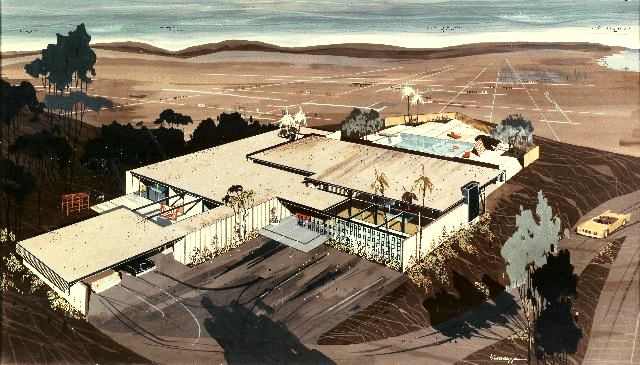 |
|
|
It’s a tribute to the star power of Palm Springs that Bill Krisel finally won architectural renown. But, of course, without Krisel Palm Springs would never have become what it is today – perhaps the greatest mid-century modern city in America.
Bill Krisel, who died at his Beverly Hills home June 5 at age 92, gained his greatest fame in Palm Springs by designing well over 2,000 tract homes for the Alexander Construction Co. and for several other builders from the mid-1950s through the 1960s.
But real fame came late, and that must have rankled because Krisel was a proud man, a man who was deeply involved with his profession, knew most of his peers, and paid close attention to his own legacy.
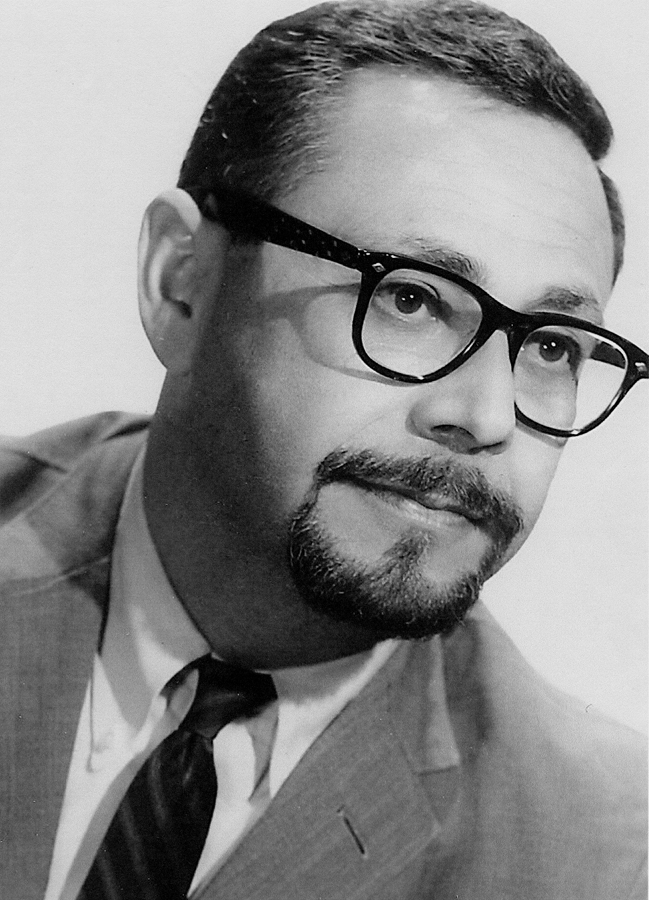 |
|
|
One mark of his fame can be seen in a half-page obit in the New York Times and an extended reflection on his career on National Public Radio, not to mention obituaries in the Southern California and architectural press and through the Associated Press outlets worldwide. This is attention few departing architects of his generation receive save for the superstars.
Yet it’s notable that, as late as 2003, when an edition of “An Architectural Guidebook to Los Angeles” was published, Krisel is nowhere mentioned in its 543 pages, though he designed thousands of homes and apartments and many other buildings in the region.
Was that due to the fact that much of Krisel’s career was devoted to lowly tract homes? Krisel thought so. And no one appreciated more than Bill did the sudden resurgence of mid-century modern style.
In the mid-2000s and later, Krisel loved attending events in homes he had designed in Palm Springs, Los Angeles, and San Diego, basking in appreciation from his many new fans. He won particular fame among owners and fans in Palm Springs, where, he has said, by designing vacation homes we was able to go far more modern than in LA.
“When we did the houses up here [the Los Angeles area] we were just breaking into tract houses,” he told CA-Modern. “We couldn’t do what we really wanted to do. We had to do what you might call a transition type of modern so it wouldn’t scare people.
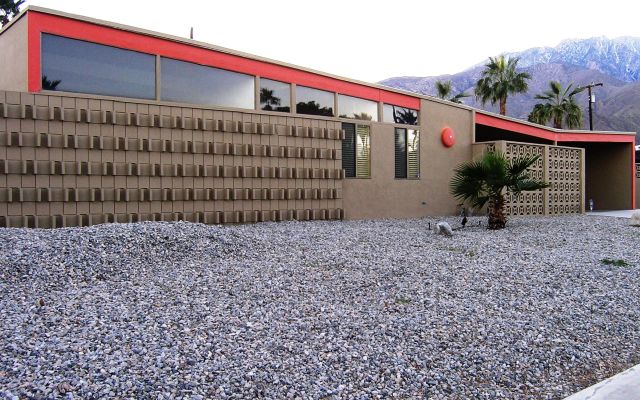 |
|
|
“When we got to Palm Springs and I was showing Bob [Alexander] what I would like to do, he said, ‘Let’s do it.’ We felt that down there people would be more open to the more modern, which would be a butterfly roof instead of a gable. We did butterfly roofs and flat roofs, all things we wouldn’t do up here.”
Krisel was a man who was dedicated to building for the average Joe and Jane, and to promoting modern architecture -- not because it was stylish but because it produced homes that were functional and livable.
“You’d meet people who lived in your houses and they said, ‘I bought one of your houses, and I just love it.’ So there was a greater satisfaction,” Krisel told CA-Modern in a 2006 interview. “And also I had a belief that if people could be exposed to good architecture, that they would like it. It was a very tough sell in those days, even to do custom houses modern.”
Krisel was born in Shangahi, where his dad was a well-to-do lawyer and film distributor. Back in Los Angeles the family lived near Charlie Chaplin in Beverly Hills. Krisel recalled that Chaplin and Mary Pickford “wined and dined us.”
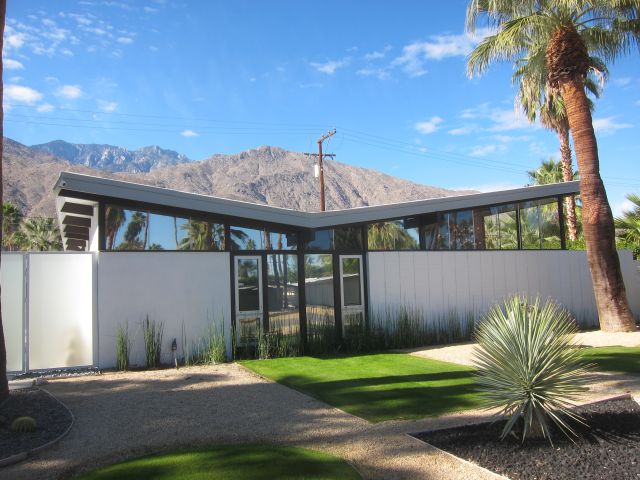 |
|
|
Krisel got imbued with modernism when he studied architecture at the University of Southern California.
As the lead designer in a partnership with Dan Palmer, he was also a true artist who designed not just homes but landscaping and, when possible, entire neighborhoods.
Just how good an artist Krisel was can be experienced firsthand by walking through one of his larger neighborhoods, Racquet Club Road Estates, where Krisel homes are intermixed with those by a competitor, Jacques and Berne Meiselman.
The Meiselmans are widely appreciated by their owners, but they are clunky and bland when compared to the Krisels, with far less variety and far less humor.
Not that Krisel, who could be acerbic, appreciated hearing the word “funny” when used for his jaunty rooflines.
“See, you call them funny roofs, and I think you wrote an article calling them ‘wacky rooflines,’” Krisel said a few years back. “Those are not architectural terms, and I really resent them. What is funny? Is it a laugh? Is it unique ? Or what?
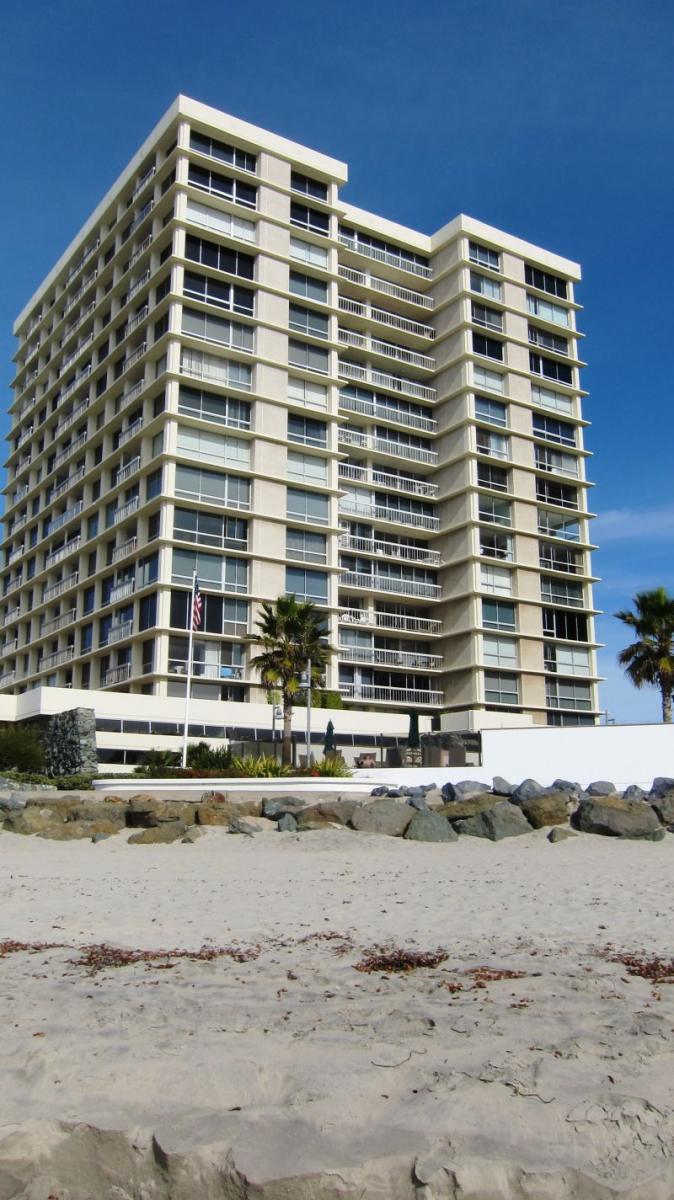 |
|
|
“They are architectural forms, and they are good architectural forms. The butterfly roof is an inverted gable.”
It’s amazing how many changes Bill could ring from a single basic home plan – he bragged that his basic Palm Springs house was a square – by varying materials, the shape and type of concrete screen block, the roofline, the color, the arrangement on the lot. Walking through the neighborhood is like walking through a museum exhibit of Diebenkorn paintings, all quite alike yet each deliciously different.
“We could disguise a lot of our architecture by having patterns and fences, but you can see they are all rectangles,” Krisel explained.
He also enjoyed designing homes that could be built for low cost and quickly, a necessity in the world of merchant building. “We took common materials but used them in a different way, gave them a contemporary look,” he said.
“We did such a volume that we could design our own building materials. All the shadow block stone, pierced block, we designed those and had the concrete block people make them. When you build 500 houses and can use those, the guy says, ‘Tell us what you want, and we can make them for you.’ ”
Over the years, Krisel, sometimes with Palmer and later on his own, designed shopping centers, hotels and motels, hospitals, many residential towers, and worked in such locales as Florida and Las Vegas where, Krisel told CA-Modern, his jobs included “private homes for the big gangsters.”
All told he designed about 40,000 living units, Krisel said. It was in Palm Springs that he designed some of his most iconic projects, including the Elvis 'Honeymoon House,' originally for Bob and Helene Alexander, and the Ocotillo Lodge.
Krisel kept working almost to the end, designing versions of his modern homes that could be built as prefabs. He wasn’t entirely pleased with each of the finished projects, however.
In 2016 Krisel complained in an e-mail – he wrote his emails in all caps – that clients for the builder who was producing a version of Krisels 'Model A-4 Butterfly Roof Model' often demanded and received changes in the plans.
“AND THEN YOU GET STRANGE VERSIONS OF THE ORIGINAL ‘KRISEL,’ he wrote, ending. “THANKS FOR ALL YOUR GOOD WRITING. BEST REGARDS, BILL KRISEL
We miss you, Bill.
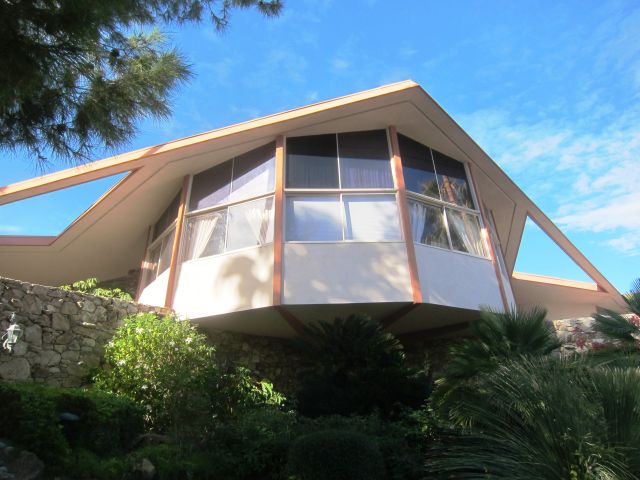 |
|
|
- ‹ previous
- 36 of 677
- next ›



